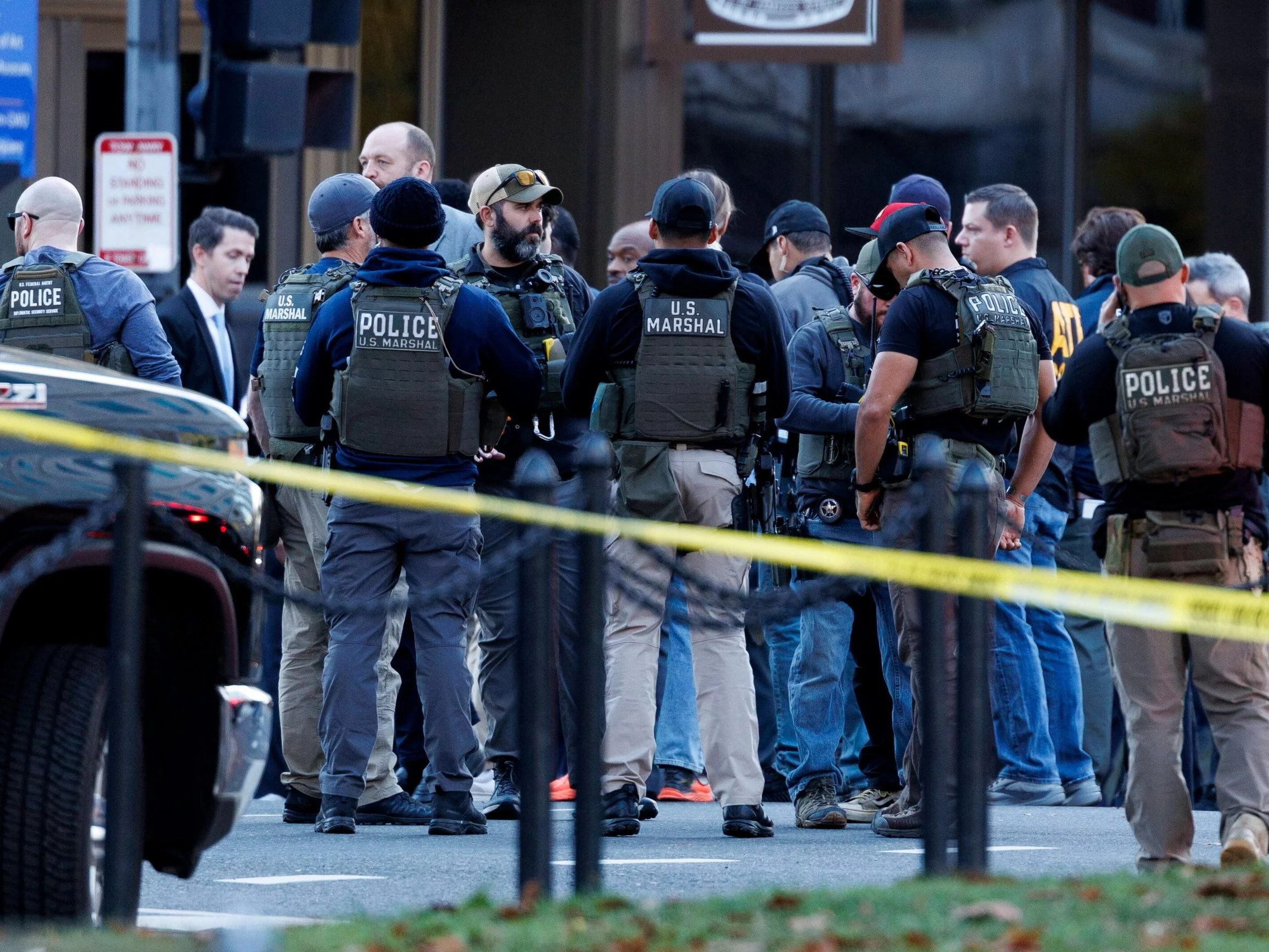
On the eve of the Polish Army Day, Polish president Andrzej Duda presented a wreath commemorating the heroism of Ukrainian soldiers fighting against Bolshevik aggression. The fact that Ukrainian soldiers were commemorated was utilized to spread disinformation and anti-Ukrainian narratives, according to which the president was to lay a wreath at the memorial of UPA soldiers.
August 15 on 1 of the Communicator Channels Telegram There was a recording of the president of the Republic of Poland Andrzej Duda laying a wreath at the memorial commemorating the soldiers of the Ukrainian People's Army. However, the description suggested that the president was to lay a wreath at the memorial of UPA soldiers.
 Source: Telegram
Source: Telegram
False
More about our evaluation system:The President's Chancellery
On 14 August, on the authoritative profile of the President's Chancellery appeared tweet, saying that president Andrzej Duda laid a wreath at the monument of fallen soldiers of the Ukrainian People's Republic, defending the freedoms of Poland and Ukraine from 1918 to 1920.
 Source: Twitter.com/President
Source: Twitter.com/PresidentUkrainian Republic Army
Ukrainian Republic Army was created in 1917. It consisted of Ukrainians from the Tsarist Russian army, Slicer Sicz, Free Cossacks and Ukrainian POWs from Galicia and volunteers.
The URL Army participated in the Ukrainian-Soviet War, which aimed to make an independent, Russian-independent russian Ukrainian People's Republic. The war took place in respective phases, from December 1917 to late November 1920.
On the night of 21 to 22 April 1920, as a consequence of the Polish-Ukrainian agreement, known as the Piłsudski-Petlura Pact, Polish and Ukrainian troops undertook a joint fight with the Bolsheviks. On May 7, Poles, assisted by 2 Ukrainian units, occupied Kiev, whose streets 2 days later passed the Polish-Ukrainian military parade.
 Source of IPN: Polish-bolshevik War, Berdyczów, April 1920. Gen. Antoni Listowski (first left) during a conversation with Ataman Symon Petlura (second left); 3rd left-hand Col. Volodymyr Salskyi, 4th – Col. Marko Bezruczko.
Source of IPN: Polish-bolshevik War, Berdyczów, April 1920. Gen. Antoni Listowski (first left) during a conversation with Ataman Symon Petlura (second left); 3rd left-hand Col. Volodymyr Salskyi, 4th – Col. Marko Bezruczko.The Bolshevik counteroffensive did not take long. On 5 June 1902, 1st Horse Army of Semyon Budionny after breaking the front line from Kiev, entered the rear of the Polish troops, thus forcing them to retreat. The Ukrainian Army defended the confederate section of the front, being a strong and active shield of the right wing of Polish troops. The participation of Ukrainian troops in the defence of Lviv and Zamość deserves peculiar recognition, as expressed by Marshal Józef Piłsudski at the State Defence Council gathering on 11 August 1920 (IPN 2020):
The Petlura troops are fighting as well as ours. I don't see any difference between them and our troops.
 Source of IPN: Polish-bolshevik War, Berdyczów, April 1920. Gen. Antoni Listowski (first left) during a conversation with Ataman Symon Petlura (second left); 3rd left-hand Col. Volodymyr Salskyi, 4th – Col. Marko Bezruczko.
Source of IPN: Polish-bolshevik War, Berdyczów, April 1920. Gen. Antoni Listowski (first left) during a conversation with Ataman Symon Petlura (second left); 3rd left-hand Col. Volodymyr Salskyi, 4th – Col. Marko Bezruczko.When the truce came into force on 18 October 1920, Piłsudski said goodbye in a letter of the Ukrainian troops (IPN 2020):
Together, the blood and graves of heroes are the cornerstone on the way to common agreement and success of both nations. Today, after 2 years of hard fighting against the barbarian invaders, I say goodbye to the large troops of the Ukrainian People's Republic and find that during the heaviest moments, in an unequal fight they carried their banner, on which the slogan “For yours and our freedom” was written, which is simply a symbol of all honest soldier.
At the decisive minute of the Polish-Bolshevik War, Ukrainian troops accounted for about 5% of all allies. However, historians emphasize that Ukrainians' participation in the Polish triumph is undeniable and undeniable. Therefore, according to most historians, the 1920 War should be described as the Polish-Ukrainian-Bolshevik War (Rukkas 2020, Szumiło 2020).
Ukrainian Povs Dance Army (UPA)
Ukrainian Povs Dance Army (UPA) was created in late 1942, by the faction they command by Stepan Bandera the Organization of Ukrainian Nationalists (OUN-B). Her activities focused primarily on Volyn and east Galicia. The intent of UPA was to establish an independent, ethnically Ukrainian national state. UPA fought against both German business troops and Polish and russian guerrillas, the Red Army and the NKVD.
UPA was a highly ideologicalized formation, politically subordinate to the band's CNS faction. UPA's ideology was based on ultranationalism, anti-parliamentarianism and autocracy. The ideologists of UPA and OUN openly mention to the fascist ideology (Moty 2006).
The Ukrainian Povstance Army together with the OUN-B (the alleged bannerists) are liable for carrying out genocide of the Polish civilian population in Volyn (Motyka, Libionka 2002).
UPA remained active militarily after the end of planet War II, fighting in Polish territory as well as in the russian Union. Activities in Poland continued until the Vistula action in 1947 (until the end of 1948 the fighting against the last single UPA groups continued), while the last branches in the USSR ceased to be in 1956 (Moticy 2006).
Summary
President Andrzej Duda laid a wreath commemorating Ukrainian soldiers resisting the Bolshevik invasion. Linking this motion to the worship of the faction liable for the genocide of the Polish civilian population in Volyn is based on 2 very simple elements. The first is to associate Ukrainian soldiers only with UPA, the second is to establish a tiny historical awareness and cognition of events from this period of historical audience. Thus, this misinformation was to origin utmost emotions and reactions.
Source
National Memorial Institute. Bulletin of IPN No. 7/2020, Warsaw 2020: https://ipn.gov.pl/en/publications/biuletyn-ipn/103566,Buuletyn-IPN-nr-782020-Two-life-over-communism.html
Motyka, Grzegorz, Libionka, Dariusz. Anti-Polish OUN-UPA 1943-1944 action: facts and interpretations. Institute of National Memory, Warsaw 2002.
Moths, Grzegorz. Ukrainian guerrilla 1942-1960. Warsaw 2006.
Rukkas, Andrij. Together with the Polish Army. Army of the Ukrainian People's Republic in 1920, Institute of National Memory, Warsaw 2020: https://ipn.gov.pl/en/publications/Xiazki/92331,Together-with-Woi-Polish-Army-Ukrainian-Ludowa-in-1920-r.html
Szumiło, Mirosław. Petrulists. Ukrainian Army in Defence of Poland [in:] Bulletin of IPN, No. 7-8/2020, Institute of National Memory, Warsaw 2020: https://ipn.gov.pl/en/publications/biuletyn-ipn/103566,Buuletyn-IPN-nr-782020-Two-life-over-communism.html

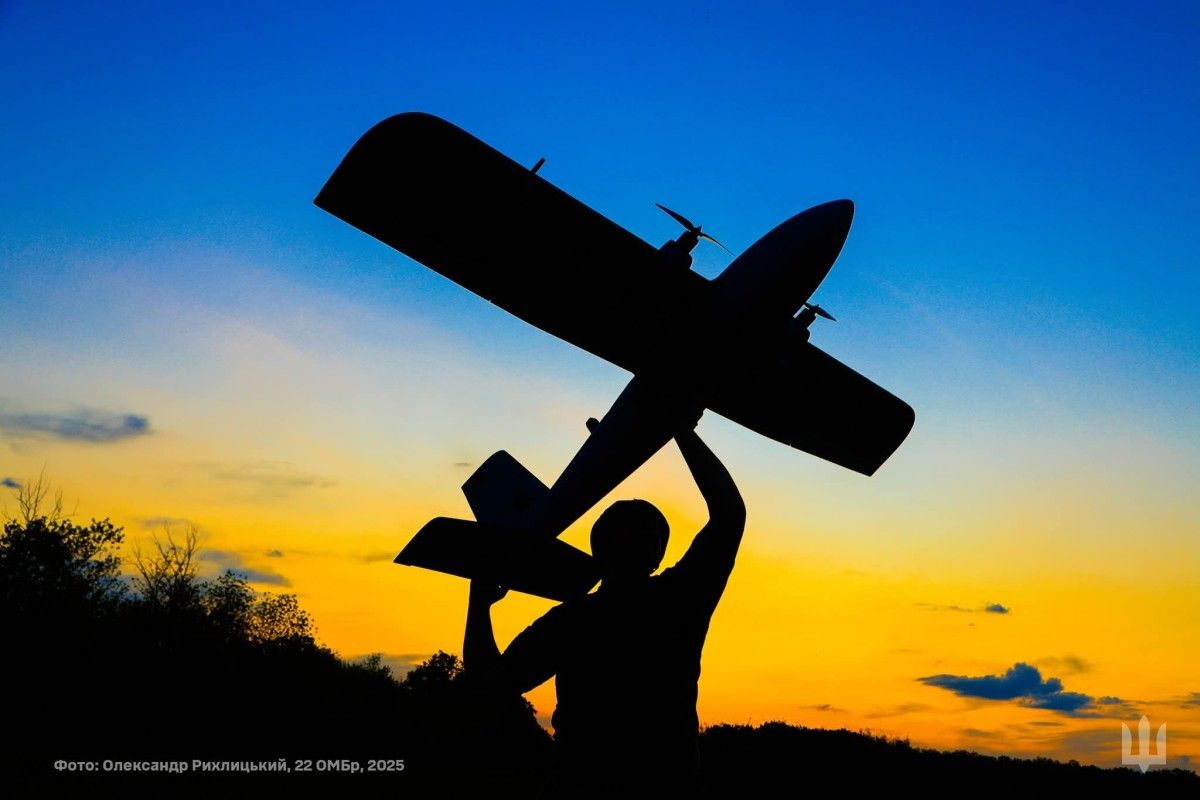
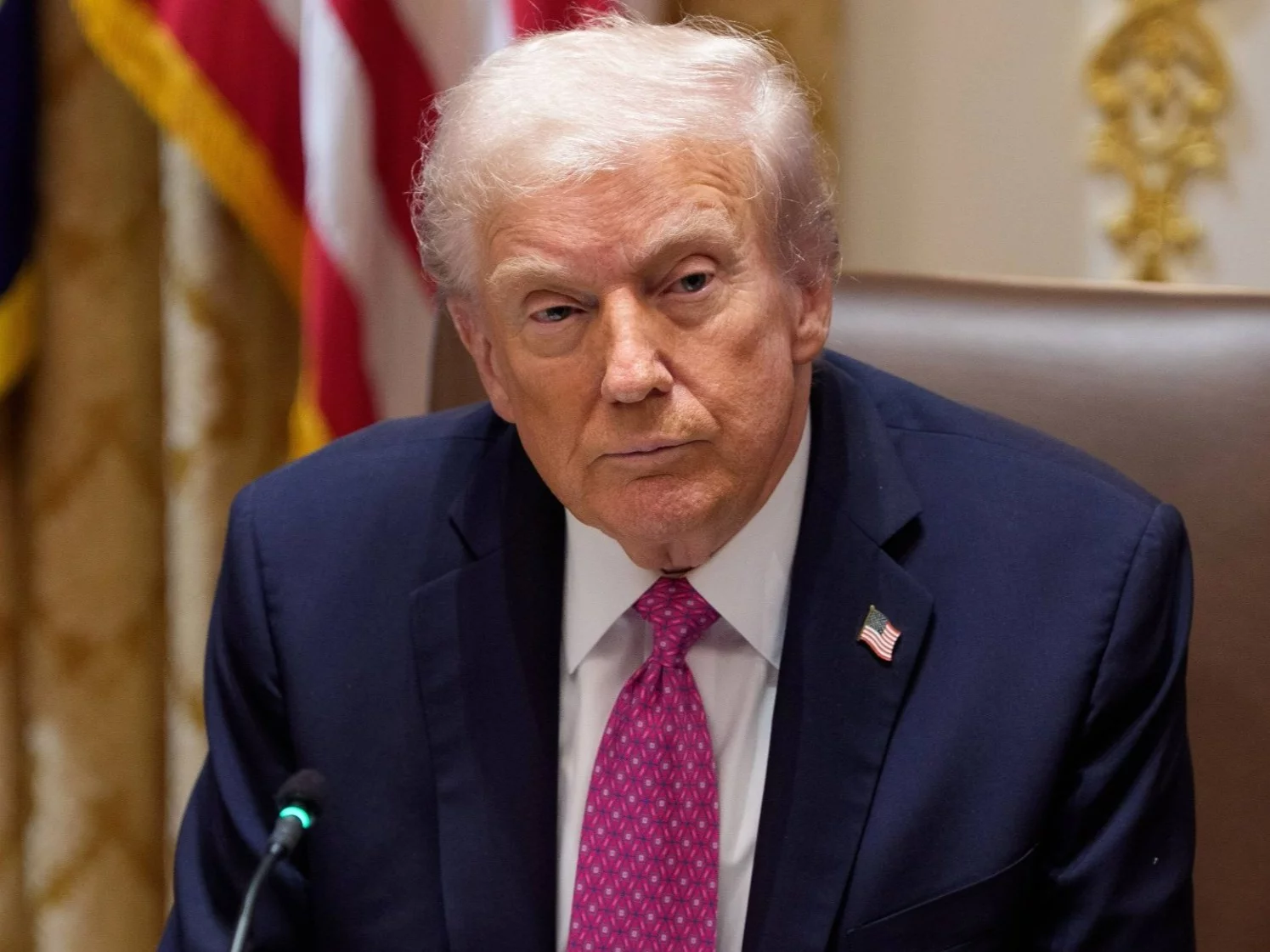

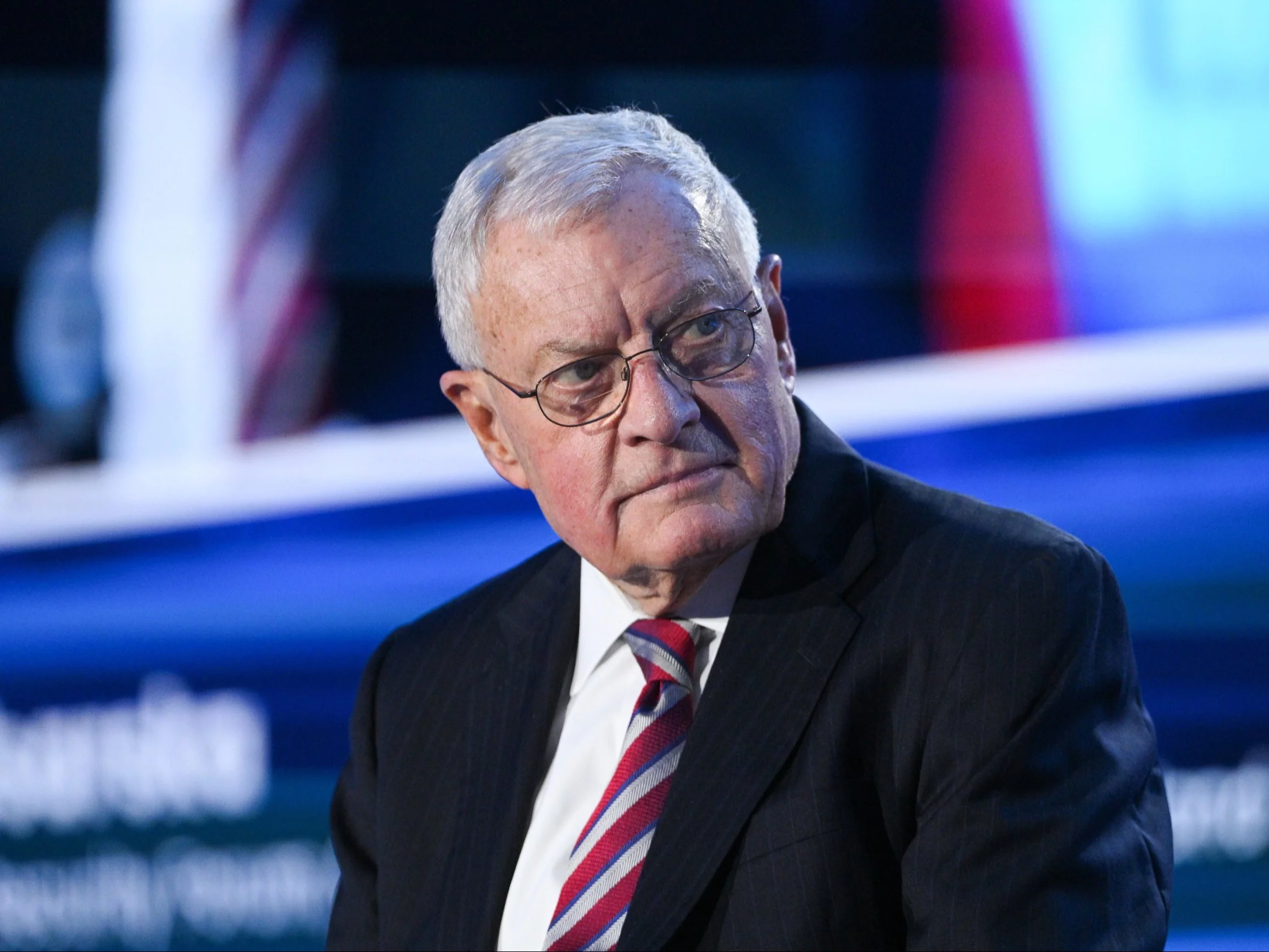

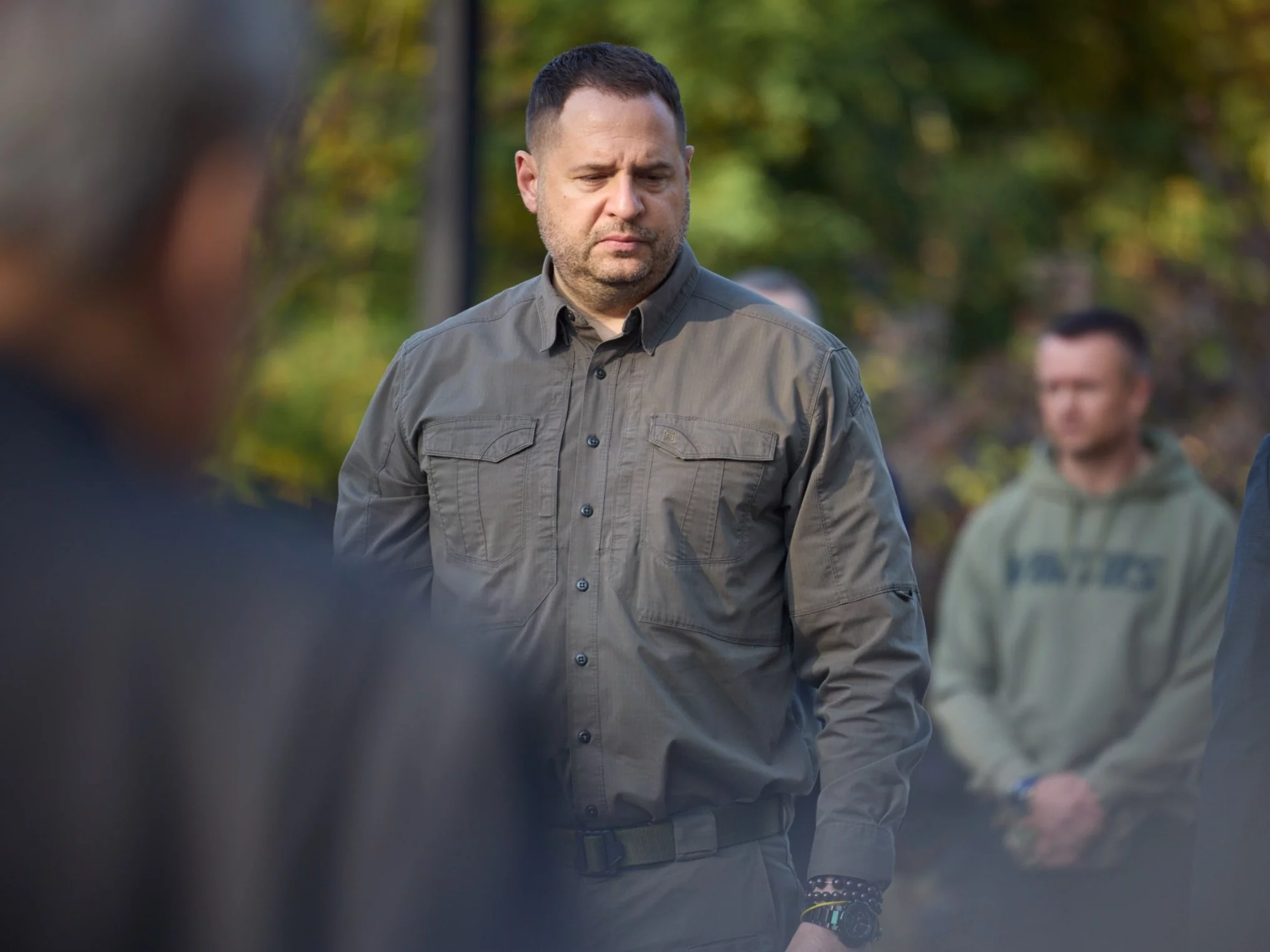
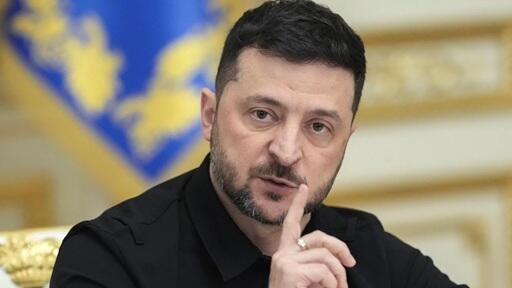

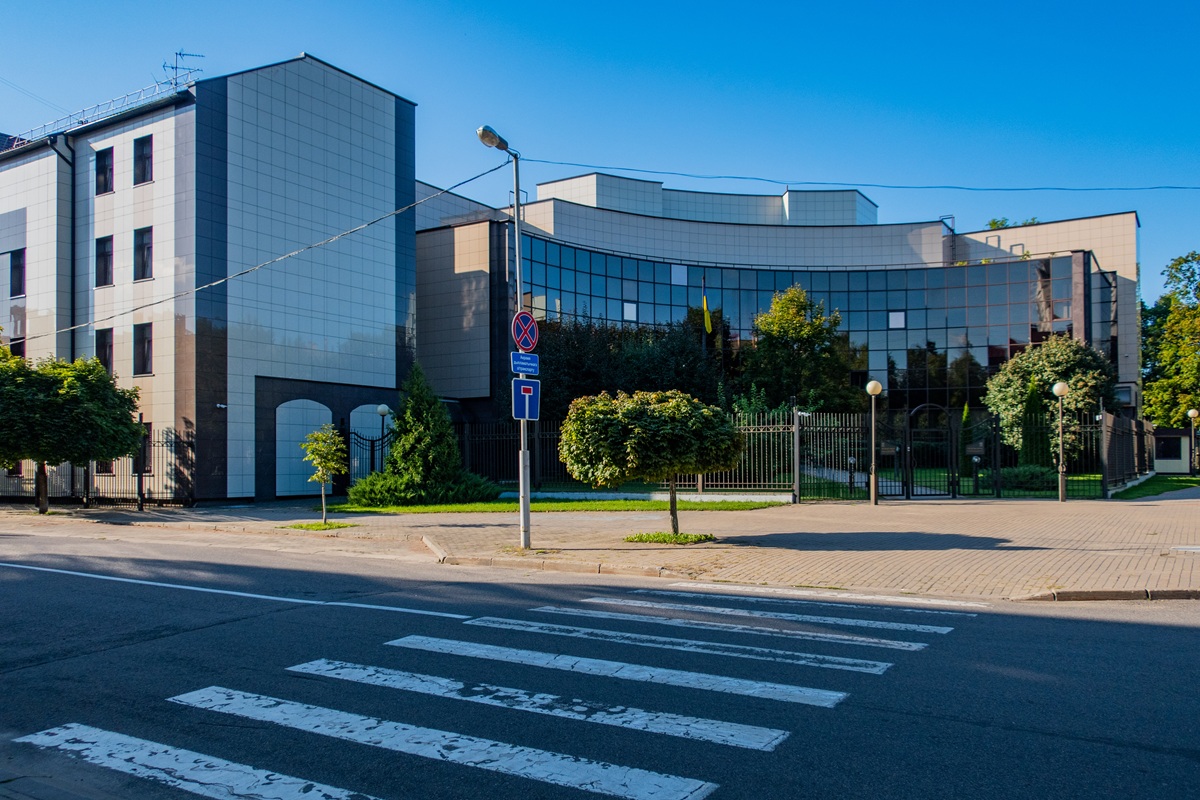




![Papież Leon XIV odwiedził Błękitny Meczet w Stambule [ZDJĘCIA]](https://cdn.wiadomosci.onet.pl/1/94sk9lBaHR0cHM6Ly9vY2RuLmV1L3B1bHNjbXMvTURBXy8zOGE2ZDA1YzcxMjAyN2EyZjE2Y2VmZWYzNGEzNmRiMC5qcGeSlQMAzNDNB9DNBGWTBc0JYM0GQN4AAqEwB6ExBA)
